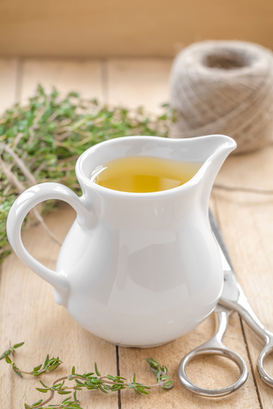
To make an infused oil, you will need 250g of oil (do not use coconut or cooking oil) to 12 tablespoons of herbs. For example, to treat eczema, I chose 250g of sweet almond oil, 6 tablespoons of calendula and 6 tablespoons of chamomile. Sweet almond oil is known to be especially beneficial for eczema - itchy, dry and inflamed skin. When infused with anti-inflammatory herbs, this oil can be used to heal wounds, burns, scratches, nappy rash, facial broken veins, eczema, chronic ulcers and gum inflammation.
A double saucepan is ideal for this recipe, but a Pyrex jar over a pan of simmering water will do just as well. My personal preference is a crock pot (slow cooker) - the heat stays consistent and you do not have to worry about burning anything.
*You may skip this step if you are using a crock pot (slow cooker), just make sure its on low heat.
(2) Add herbs and dried flowers into the oil, making sure that everything is submerged. Leave the oil and herbs over very low heat for at least 1s hour, by which the herbs will have released their beneficial and aromatic properties.
**Depending how how concentrated you want your infusion to be, this simmering process can take anywhere between 30 minutes to 3 hours.
(3) Strain the oil through a sieve or coffee/tea filter bag. Transfer infusion into a sterilised jar or bottle and leave it to cool. At 40 degree Celsius, your infusion is ready to be used (ahhh... hot oil massage) or you can wait till it has completely cooled off. The shelf-life of your infusion oil will be the same as the base oil you had or purchased.
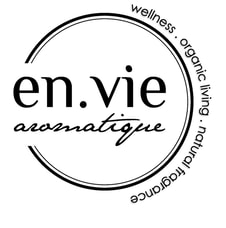
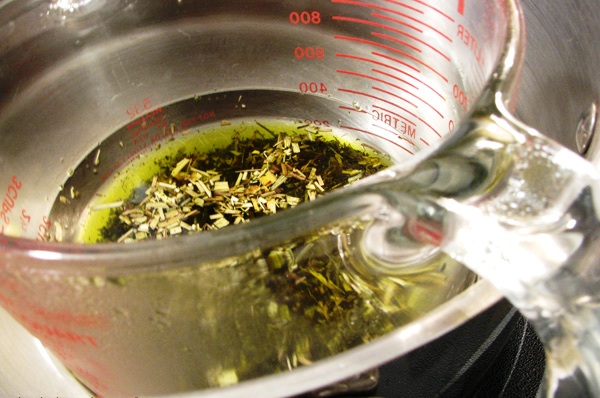
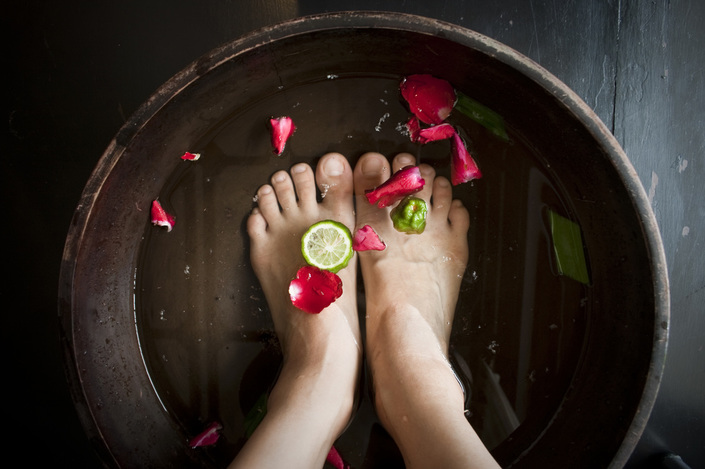
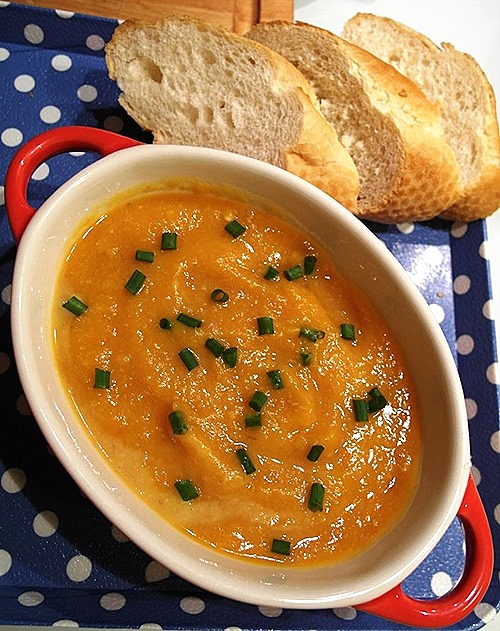
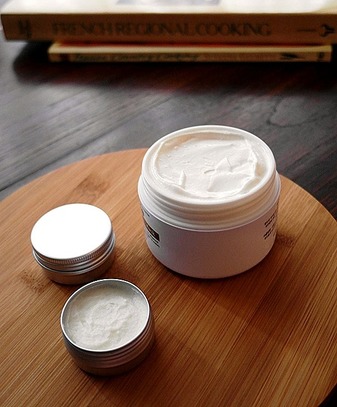
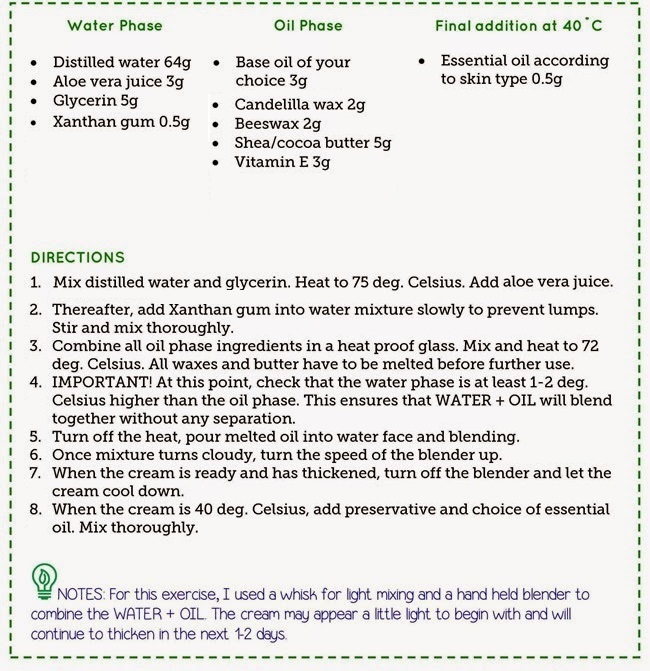
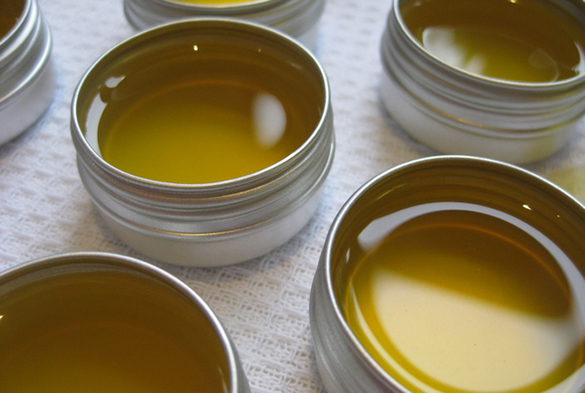
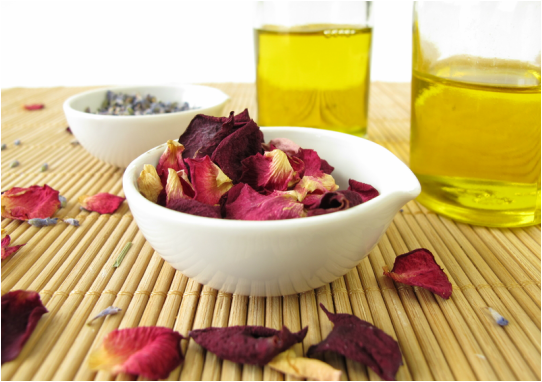
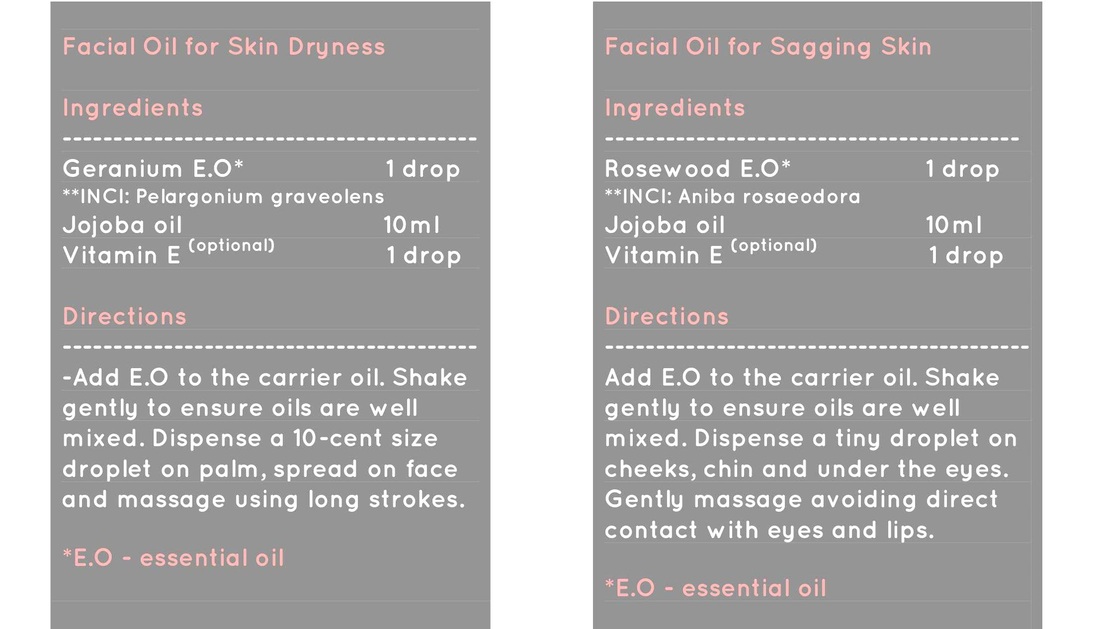
 RSS Feed
RSS Feed
